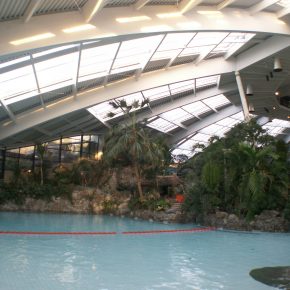
Marrying speed and efficiency with SFS
 Today’s construction projects have a lot to live up to. They need to come together quickly, meet strict quality standards and offer longevity, all while meeting exacting design specifications. To achieve this, every little detail must be carefully considered, including the fasteners and fixings that hold the building envelope together, according to Neil Kirwan, Specification Manager at SFS UK.
Today’s construction projects have a lot to live up to. They need to come together quickly, meet strict quality standards and offer longevity, all while meeting exacting design specifications. To achieve this, every little detail must be carefully considered, including the fasteners and fixings that hold the building envelope together, according to Neil Kirwan, Specification Manager at SFS UK.
Project Speed
“In summer last year, the Prime Minister launched what he called the Project Speed taskforce, designed to expedite and improve the delivery of infrastructure.
While the changes will inevitably encompass reforms of everything from regulations to procurement and planning, it is anticipated that they will accelerate delivery of infrastructure projects by up to a third, putting pressure on contractors to work at pace.
At SFS, we firmly believe that the key to success lies in preparation, especially when the heat is on to deliver quickly. Taking the time to focus on detail in the early phases can allow project managers to deliver much faster overall.
Forethought, not afterthought
“As with many things in life, well-planned projects minimise the chance for errors to occur during construction, which can be costly to rectify further down the line.
Building envelopes, brackets and subframe systems need to be considered carefully in order to withstand whatever the elements throw at them.
Fasteners and fixings – the very components that hold the fabric of a building together – can directly impact the performance, lifespan and thermal efficiency of the structure.
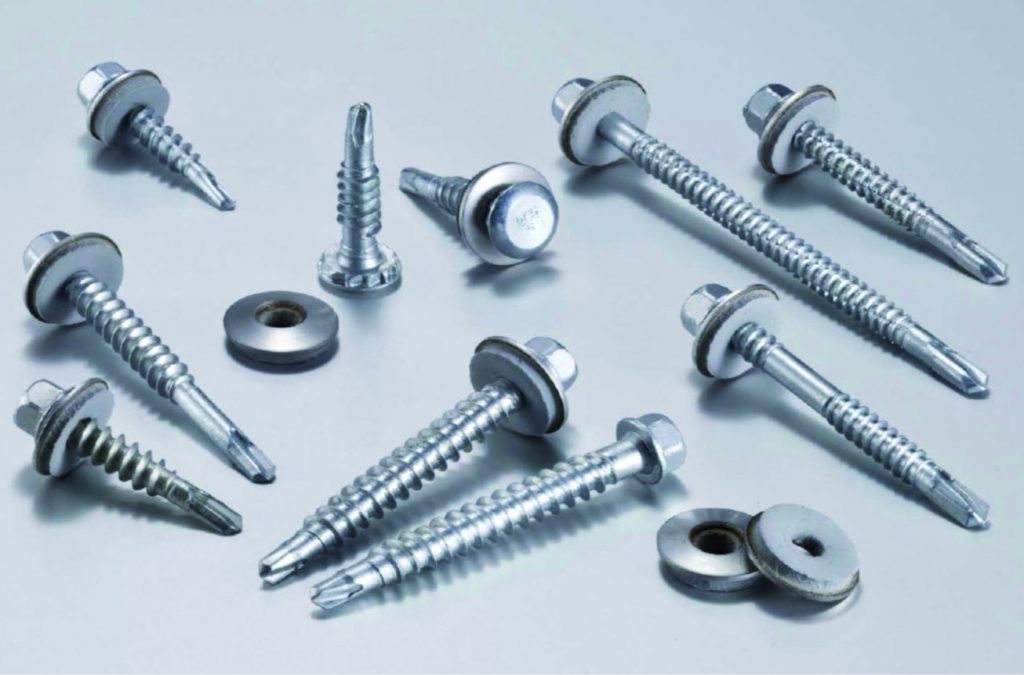
Despite this vital role, fasteners are not specified until Stage 4 in the RIBA plan of works. In many cases, they can often be the subject of ‘corner cutting’ – directly affecting the total cost of ownership and operation of the building.
The same can be said for refurbishments and renovations of existing structures, whether due to a change in use, improvements in aesthetics or a need to improve their structural performance and thermal efficiency.
With the right specification from the outset, these issues can be avoided, ensuring that the building envelope remains robust over the system’s service life.
Specifying the right components: Five key principles
“There are five principles of fasteners: durability, weathertightness, airtightness, aesthetics and structural performance. Failure of the fastener to satisfy these functions may lead to the inevitable, and sometimes catastrophic, failure of the system.
The key is selecting the appropriate fastener and then ensuring that the specification is not deviated from.
There are a multitude of fasteners available on the market, each one designed for a particular use. These include self-drilling fasteners, self-coring fasteners, self-threading fasteners and clamping fasteners – all of which are specifically designed to simplify installation on site.
To avoid failure of a fastener or fixing component, the building function, environment, type of fastener and its material must be considered early on in the design phase.
For example, when specifying components in coastal areas, due care and attention needs to be given to the humidity and corrosive salt-content in the air.
Whilst surface coatings can be applied to prolong a fastener’s life, best practice is to use austenitic stainless steel fasteners in combination with galvanised steel purlins to avoid bi-metallic reactions.
Specification: An exact science
“It isn’t just the external environment of a building that impacts how fasteners should be specified – the building’s use can have implications too.
With product innovation and knowledge key to ensuring the right solution, suppliers should work alongside project managers to offer training and bespoke advice, from concept through to completion.
This was certainly the case for Center Parcs’ refurbishment of their Longleat Forest site, which houses a subtropical swimming pool and restaurant facilities.
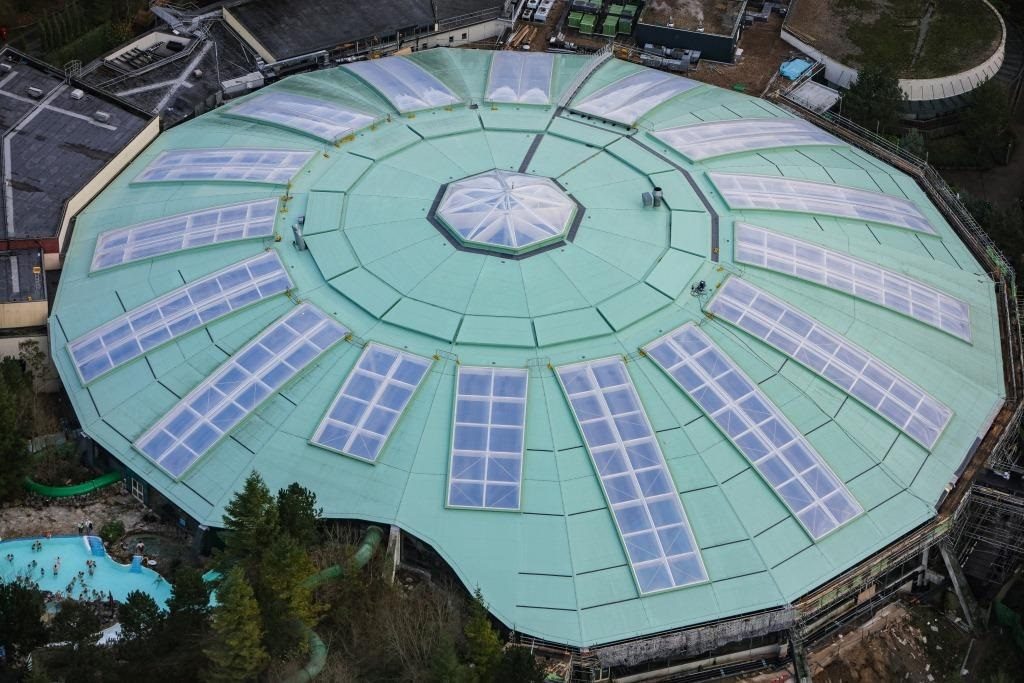
To ensure the fastening system could withstand the chlorinated environment of the pool areas, SFS worked closely with the contractors and project engineers to specify TDA-S and TDB-S, R5 (EN 1.4547) grade stainless steel fasteners.
Super austenitic R5 grade stainless steel fasteners were also specially developed for the project to provide added protection against stress corrosion.
While the internal and external environment are key to specifying the right product for the job, the lifecycle of the components and total cost of use must also be considered.
As the old adage goes, if you buy cheap, you’ll buy twice – and this is almost certainly true of fasteners and fixings.
Energy efficiency
“Specifiers also need to consider how building envelopes impact energy usage. As part of this process, there’s a need to identify areas where there are opportunities for reducing energy consumption, in line with Part L2 of the Building Regulations.
When refurbishing Shakespeare House in Hackney, BPTW Architecture and Paneltec Services Ltd opted to install SFS’ NVELOPE NV1 vertical cladding system.
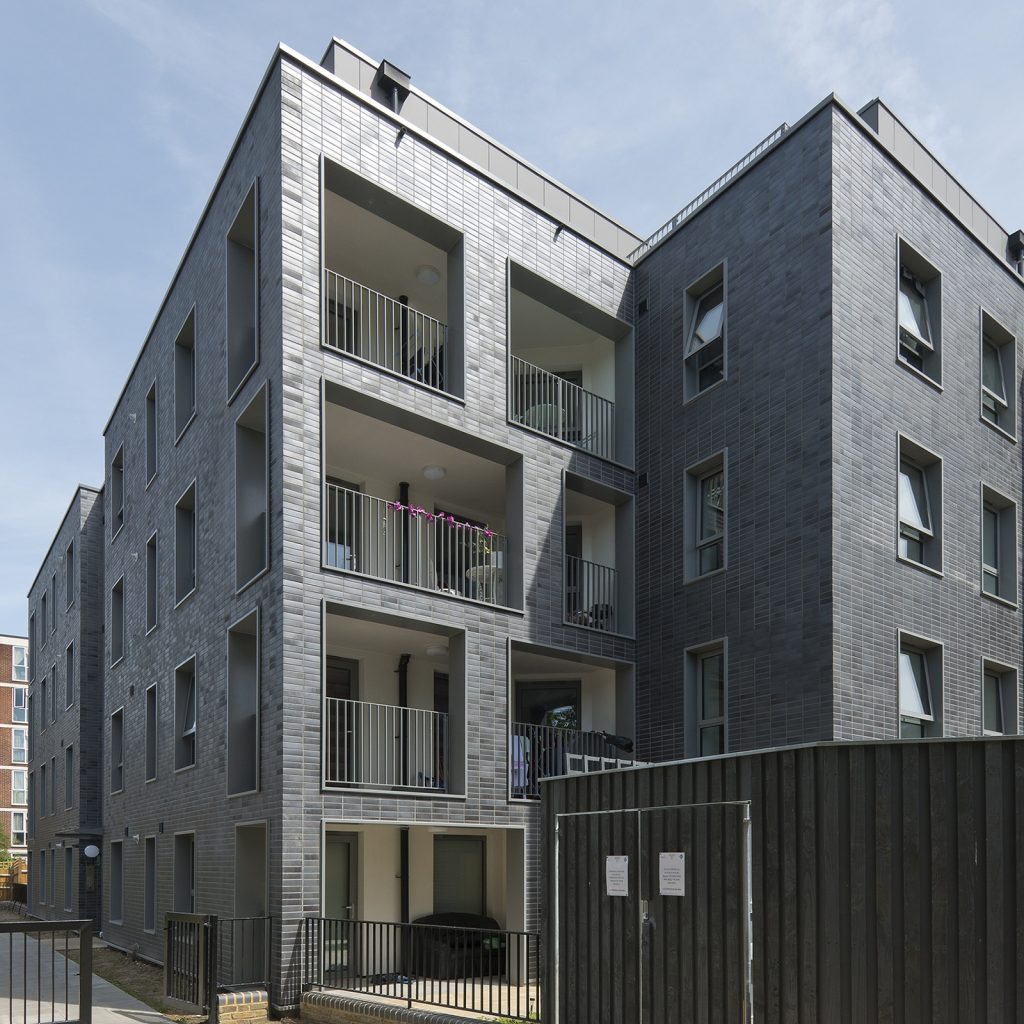
In doing so, they were able to convert a low-quality housing block into a modern apartment building, complete with a contemporary feel and improved energy efficiency.
As well as being designed for concealed fix and structural bonding applications, the system is designed to allow expansion and contraction of the cladding when under strain from arduous weather conditions.
Project Builder, SFS’ planning and design system, creates a bespoke solution, ensuring that the facade, fasteners and fixings are paired with the right brackets and subframe systems to offer installation and energy efficiencies.
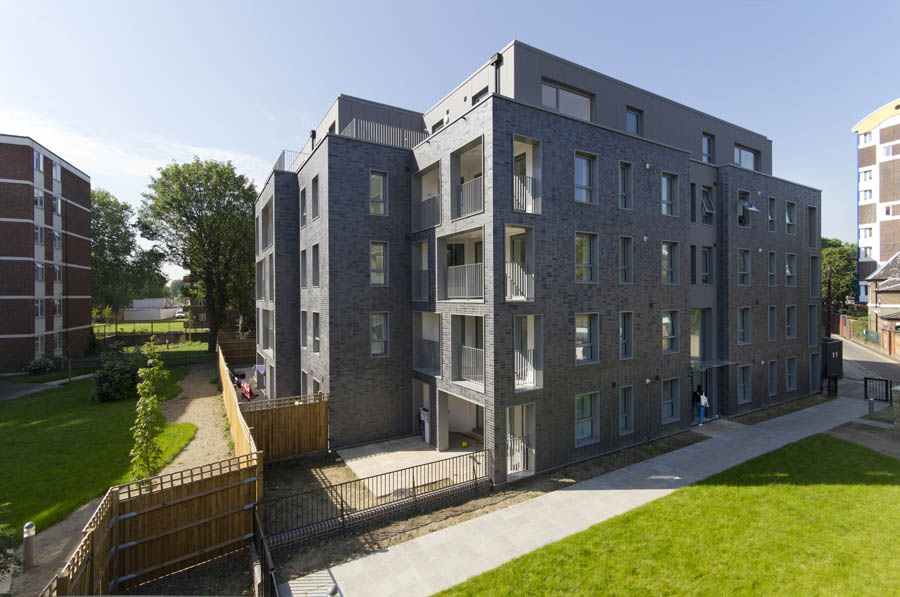
Speed and efficiency, a winning combination
“While the heat is on to increase the pace at which we construct new buildings, quality, thermal efficiency, sustainability and longevity must remain at the heart of the process.
Building envelopes, including the oft-neglected fastenings and fittings, must be considered much earlier in the plan of works, well thought out and properly specified, tapping into the latest technologies and product innovations.
By embracing this much needed attention to detail, the industry can achieve the goal of faster construction and create buildings that are designed for the present but built and secured for the future.”
Contact
SFS Group Fastening Technology Ltd
153 Kirkstall Road
Leeds
LS4 2AT
Phone number : +44 (0)330 0555 888
Email : ukenquiries@sfs.com
Visit Supplier's page
Latest news
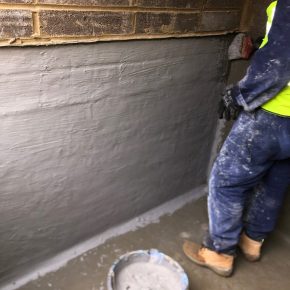
31st March 2025
Delta: Lift Pit Waterproofing - Type A solutions
Delta Membranes has recently worked on a project whereby the scope was to provide a waterproofing solution to a newly constructed lift pit for a four-storey residential block.
Posted in Articles, Building Industry News, Building Products & Structures, Building Services, Case Studies, Concrete, Cement, Admixtures, Damp & Waterproofing, Facility Management & Building Services, Restoration & Refurbishment, Retrofit & Renovation
31st March 2025
HMG Paints renew partnership with Belle Vue Aces Speedway
HMG Paints has renewed its partnership with Belle Vue Aces for the 2025 season. This year marks a particularly exciting chapter for Belle Vue Speedway, as the club and National Speedway Stadium will host an electrifying double-header of the FIM Speedway Grand Prix in 2025.
Posted in Articles, Building Industry News, Building Products & Structures, Case Studies, Interiors, Paints, Paints, Coatings & Finishes, Posts, Restoration & Refurbishment, Retrofit & Renovation
31st March 2025
Ideal Heating sponsored CIBSE BPA Engineer of the Year announced
As the sponsor of the Engineer of the Year award at the Chartered Institution of Building Services Engineers (CIBSE) Building Performance Awards, Ideal Heating Commercial was delighted to present the award to Volkan Doda, Head of Design Technologies at Atelier Ten.
Posted in Articles, Awards, Building Associations & Institutes, Building Industry Events, Building Industry News, Building Products & Structures, Building Services, Facility Management & Building Services, Heating Systems, Controls and Management, Heating, Ventilation and Air Conditioning - HVAC, Pipes, Pipes & Fittings, Plumbing, Retrofit & Renovation
28th March 2025
Ideal Heating Commercial announces 10-year warranty on Evomax 2 boiler
Evomax 2, the UK’s number one selling commercial wall-mounted boiler from Ideal Heating Commercial, is now available with a 10-year warranty.
Posted in Articles, Building Industry News, Building Products & Structures, Building Regulations & Accreditations, Building Services, Facility Management & Building Services, Heating Systems, Controls and Management, Heating, Ventilation and Air Conditioning - HVAC, Innovations & New Products, Pipes, Pipes & Fittings, Plumbing, Retrofit & Renovation, Sustainability & Energy Efficiency, Videos
 Sign up:
Sign up: